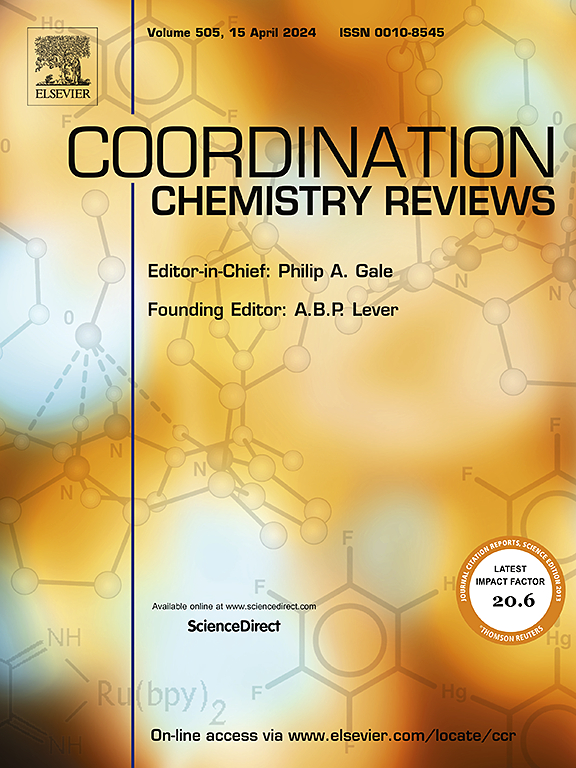Stimuli-responsive smart nanomaterials for theranostics of urological cancers
IF 20.3
1区 化学
Q1 CHEMISTRY, INORGANIC & NUCLEAR
引用次数: 0
Abstract
Urological cancers, including prostate, bladder, and kidney cancers, contribute significantly to the global burden of cancer-related mortality. While numerous reviews have addressed these cancers individually, this is the first comprehensive review that exclusively focuses specifically on nanotheranostics as a transformative approach for urological cancer. The distinct tumor microenvironments (TMEs) associated with these cancers pose both challenges and opportunities for precise nanotherapeutic interventions. This review provides a thorough examination of current advancements in nanotechnology-based diagnostics and therapeutics tailored to urological cancers. For each primary urological cancer type, we outline key strategies for leveraging nanotheranostics in the detection and treatment of tumors. Furthermore, we address the persisting challenges in enhancing tumor specificity and treatment efficacy. In essence, nanotheranostics offer a promising therapeutic avenue for urological cancers by enabling targeted drug delivery and controlled release of therapeutics within the tumor microenvironment. The objective of this pioneering review is to underscore recent developments and future prospects in utilizing nanotechnology to meet the unmet needs in the diagnosis and treatment of urological cancers.

刺激反应型智能纳米材料在泌尿系统癌症治疗中的应用
泌尿系统癌症,包括前列腺癌、膀胱癌和肾癌,是全球癌症相关死亡率的重要组成部分。虽然有许多综述单独讨论了这些癌症,但这是第一个专门关注纳米治疗作为泌尿系统癌症变革方法的综合综述。与这些癌症相关的不同肿瘤微环境(TMEs)为精确的纳米治疗干预带来了挑战和机遇。本文综述了目前基于纳米技术的泌尿系统癌症诊断和治疗方法的进展。对于每一种原发性泌尿系统癌症类型,我们概述了利用纳米肿瘤学检测和治疗肿瘤的关键策略。此外,我们还解决了提高肿瘤特异性和治疗效果的持续挑战。从本质上讲,纳米治疗通过在肿瘤微环境中实现靶向药物传递和治疗药物的控制释放,为泌尿系统癌症提供了一种有前景的治疗途径。这篇开创性综述的目的是强调利用纳米技术来满足泌尿系统癌症诊断和治疗中未被满足的需求的最新发展和未来前景。
本文章由计算机程序翻译,如有差异,请以英文原文为准。
求助全文
约1分钟内获得全文
求助全文
来源期刊

Coordination Chemistry Reviews
化学-无机化学与核化学
CiteScore
34.30
自引率
5.30%
发文量
457
审稿时长
54 days
期刊介绍:
Coordination Chemistry Reviews offers rapid publication of review articles on current and significant topics in coordination chemistry, encompassing organometallic, supramolecular, theoretical, and bioinorganic chemistry. It also covers catalysis, materials chemistry, and metal-organic frameworks from a coordination chemistry perspective. Reviews summarize recent developments or discuss specific techniques, welcoming contributions from both established and emerging researchers.
The journal releases special issues on timely subjects, including those featuring contributions from specific regions or conferences. Occasional full-length book articles are also featured. Additionally, special volumes cover annual reviews of main group chemistry, transition metal group chemistry, and organometallic chemistry. These comprehensive reviews are vital resources for those engaged in coordination chemistry, further establishing Coordination Chemistry Reviews as a hub for insightful surveys in inorganic and physical inorganic chemistry.
 求助内容:
求助内容: 应助结果提醒方式:
应助结果提醒方式:


